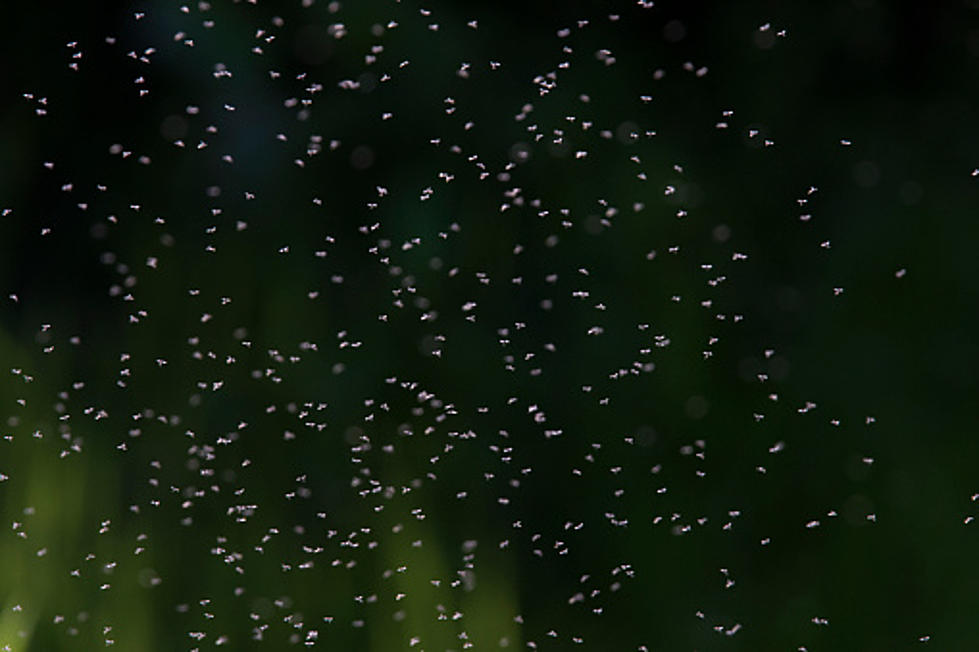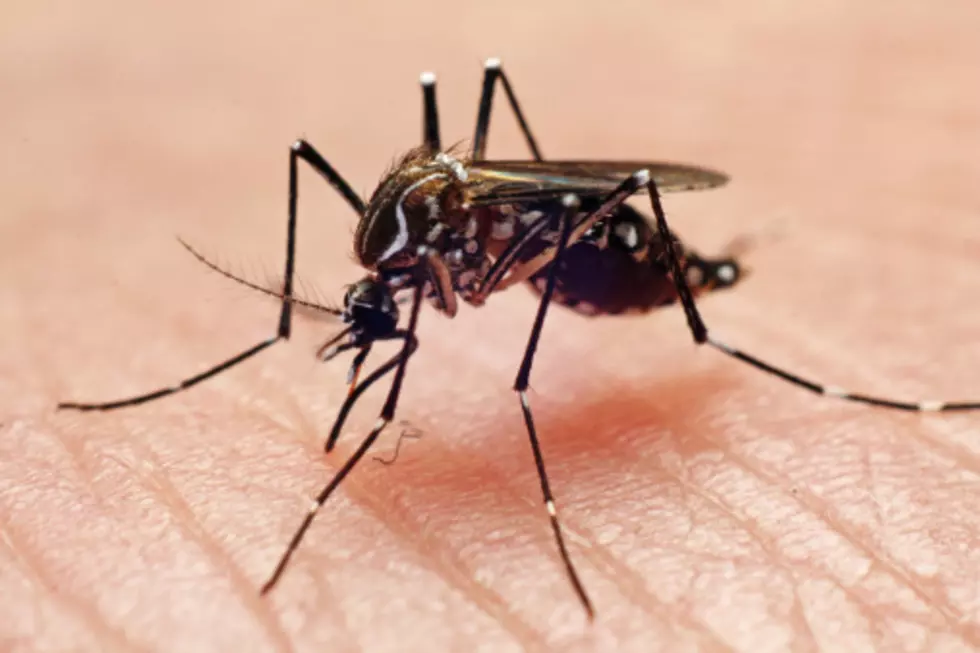
Dealing With Rockford’s Mosquitoes
I guess you could call this a follow-up to yesterday's piece, "Rockford's Weather is Getting Warmer, Mosquitoes Getting Thicker." After mentioning how we've been dealing with those biting pests around our house, several of you emailed me with other ideas.
First off, we must identify the enemy. According to the Illinois Department of Public Health, two types of mosquitoes cause problems here in Illinois:
Floodwater (temporary pool) mosquitoes deposit their eggs singly in low-lying areas that will be flooded later. Under normal summer temperatures, large numbers of biting mosquitoes will emerge about two weeks after heavy rains and can be a major nuisance problem for several weeks. The most common of these in Illinois is the inland floodwater mosquito. A vicious biter, this mosquito will commonly fly 10 or more miles from where they hatch, particularly along prevailing winds. Floodwater mosquitoes have not been significant disease carriers in Illinois.
Vector mosquitoes carry diseases and lay their eggs in stagnant ditches and sewage treatment ponds or water in treeholes, old tires, clogged gutters, old tin cans and anything else that will hold water. Eggs are laid on or just above the water surface, where they usually hatch within two to three days. Two of the more common vector mosquitoes in Illinois are the Culex, or house mosquito, and the tree-hole mosquito. Neither migrates long distances.
Another disease-carrying mosquito is the Asian tiger mosquito, which arrived in the United States in 1985 in old tires. An aggressive day-biting mosquito, it breeds in large numbers in water-filled artificial containers.
In yesterday's piece, I told you how we use a variety of mosquito repellents (candles, coils, sprays), electric bug-zapping rackets, and have even invested in a "mosquito trap" that doesn't work very well.
By far, the most suggestions we got for an alternative method involves using a "bat box" or "bat house." Alert listener Michael claims a very high degree of success in lowering the mosquito levels in his yard in Loves Park by adding several bat boxes to his property. Listeners Leo and Ginger also give the bat box high marks for ridding their areas of mosquitoes. Both Leo and Michael claimed that a single brown bat can eat over 1,000 mosquitoes an hour, and after fact-checking them, it turns out to be true! Dragonflies are also great for demolishing a mosquito problem, as a single dragonfly eats between 30-200 mosquitoes per day.
Here's how you build a bat house/box:
And, for stupid fun, let's take a look at a fly hitting a bug zapper in super slow-motion:
More From WROK 1440 AM / 96.1 FM









